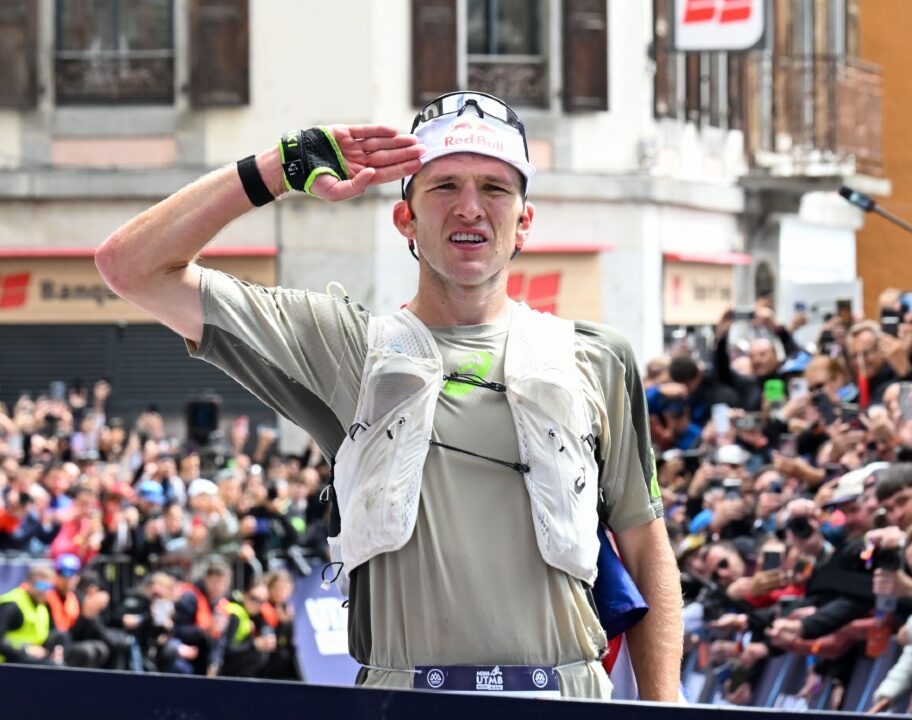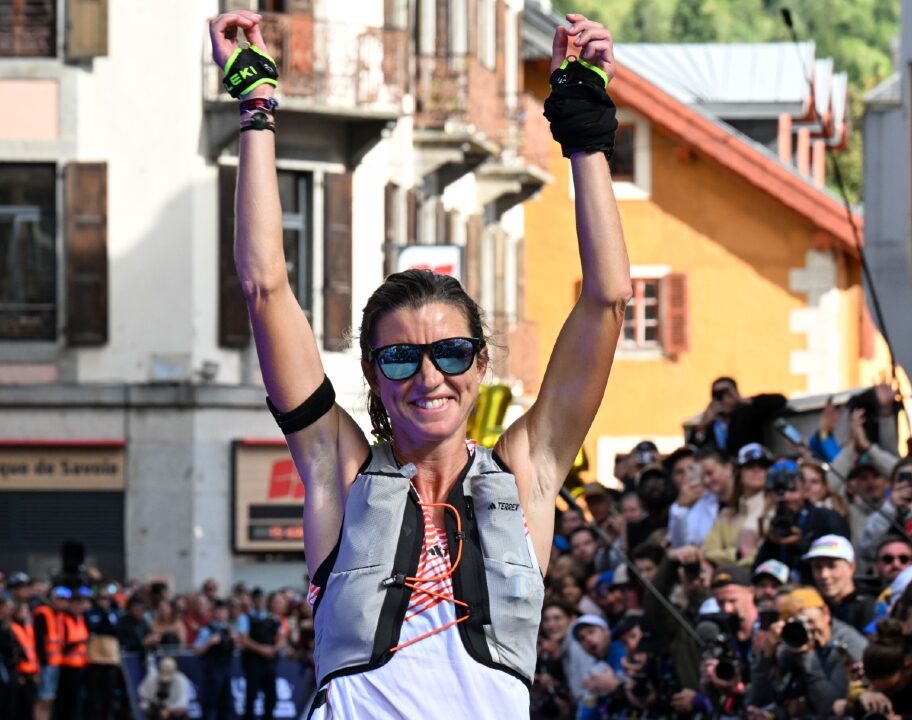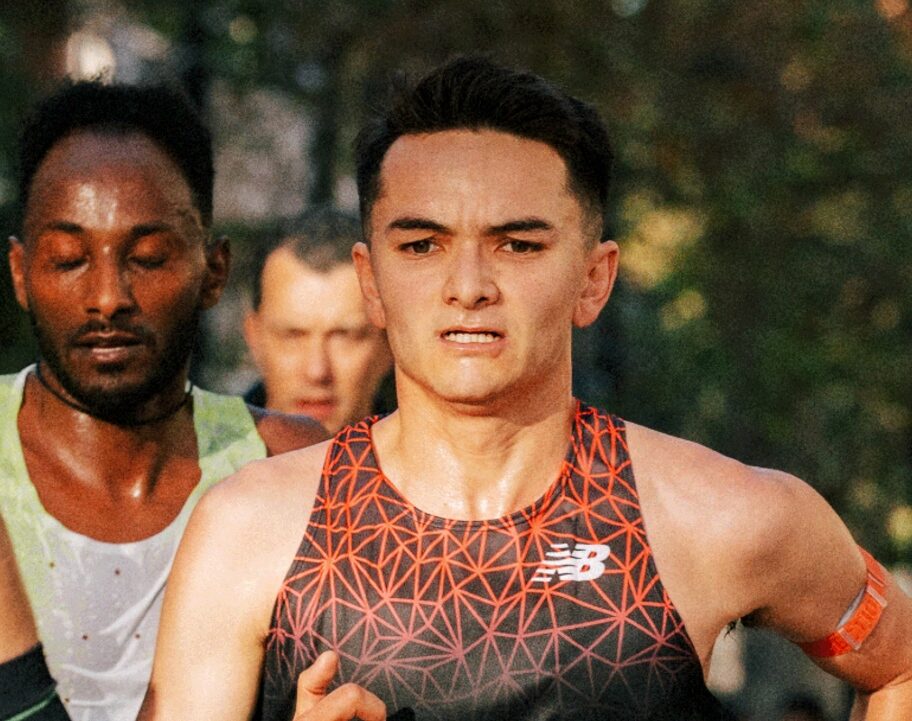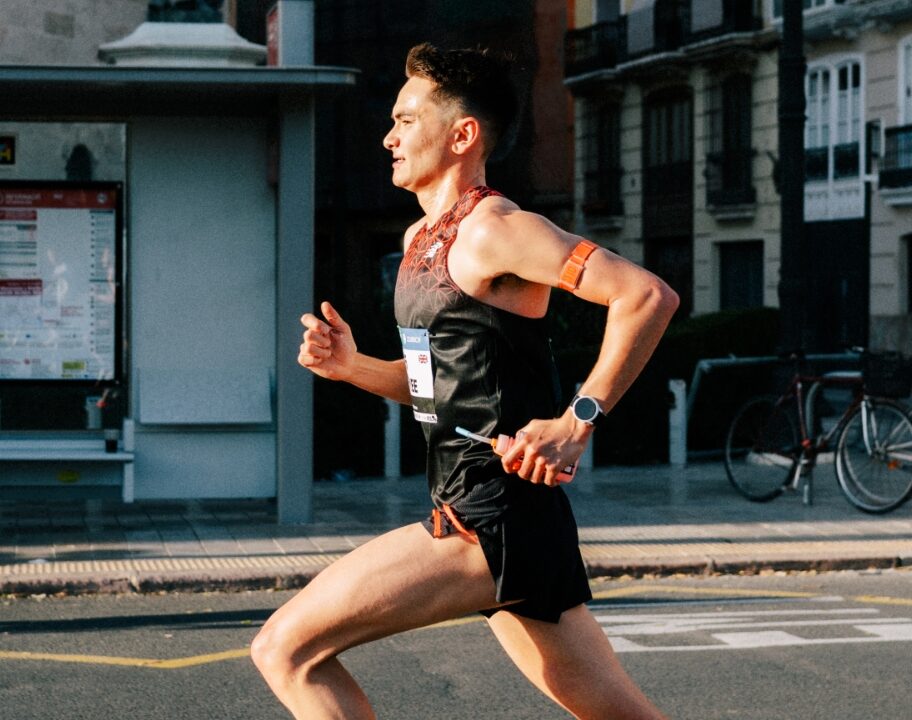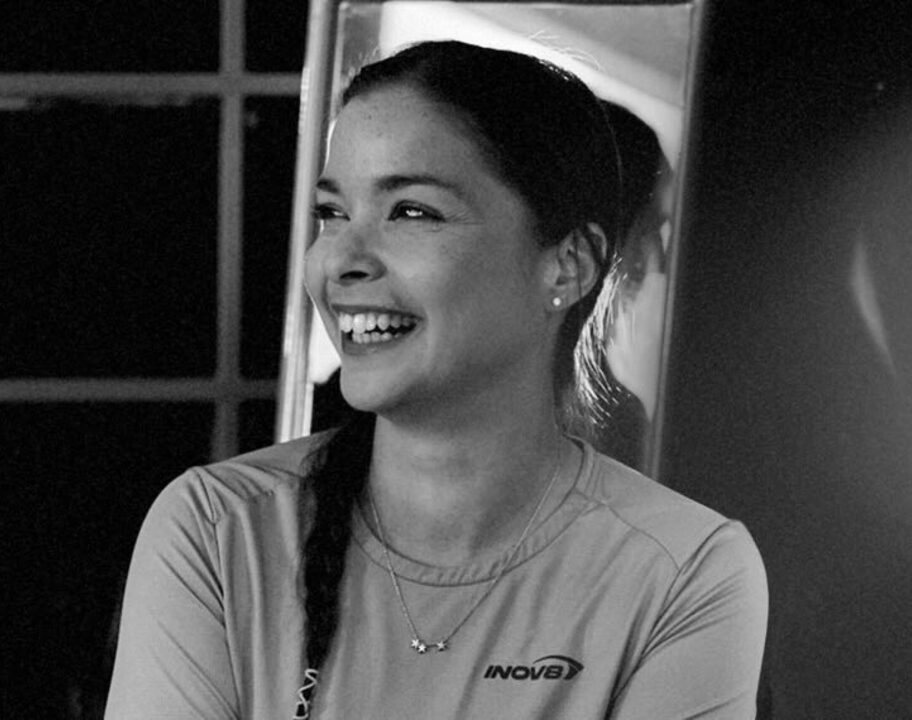Compression wear was originally developed in the world of medicine. But nowadays, compression sportswear has become increasingly popular among athletes for its claims around improving performance and enhancing recovery.
We take a look at the science behind the kit, to find out what compression sportswear is, how it works and what benefits it could bring to your training regime.
Quick links
What is compression sportswear?
Compression sportswear uses the application of pressure to help improve blood flow and reduce unwanted muscle movements. Athletes use it to help improve performance, boost recovery and reduce their risk of injury.
Originating from a medical context, compression socks were first created in the 1950s, by a German engineer suffering from varicose veins. But it was in 1987 that the benefits of compression in a sporting context were first considered.

A study in the American Journal of Physical Medicine found a positive correlation between compression and sports performance. In the 90s, the founder of the OG compression sportswear brand SKINS began considering how to bring compression to the sportswear market. Fast forward a few years to the early 2000s and SKINS brought out the first range of compression sportswear. Creating a new sportswear category which has only grown in popularity.
While it might have all started with a pair of compression socks, these days you’ll find a whole range of compression garments. From compression tights, shorts and calf sleeves to tops and even sleepwear. In sportswear, manufacturers construct garments using fabrics that can tailor how much pressure is applied—and where.
“Compression is the application of pressure to the body. In sportswear, the properties of the fabrics used and how that fabric is constructed will determine how much pressure is applied, and where it is applied to the body. For us at SKINS, this means we can utilise fabrics and construction to create compression sportswear suitable for a range of athletes that can help to enhance performance, improve recovery and reduce the risk of injury.”

How does compression work?
The development of compression sportswear evolved out of researchers’ interest in the benefits it can have on blood flow. In sport, especially in endurance sports like triathlon and trail running, your body’s ability to efficiently transport oxygen to the muscles via the blood determines your performance.
By applying graduated pressure, compression sportswear is said to help accelerate the movement of blood around the body, improving muscle oxygenation. Rather than simply squeezing you all over, compression sportswear with graduated compression works by helping to direct blood back to the heart from your extremities faster so it can be re-oxygenated. The faster your circulatory system can get oxygenated blood to your muscles, the better you’ll be able to perform.

The burning feeling in your muscles when you start to experience fatigue is caused by lactic acid, a by-product created when the muscles can’t get enough oxygen. Compression kit helps more oxygen to get to your muscles, prolonging the amount of time and the intensity you can exercise at before lactic acid starts to build. Plus, once that burning feel does kick in – the enhanced blood flow helps your body to get rid of lactate faster. This helps to improve endurance during exercise. After exercise, the same principle can help your muscles to recover faster.
Compression sportswear works by applying the right amount of pressure, where you need it to support your body to perform as efficiently as possible during and after exercise.
What are the benefits of compression sportswear for endurance athletes?
We’ve discussed what compression kit is and how it works. But what difference could it make to your training regime? Compression is said to not only help you get more out of your training but also to recover better between sessions. Given that consistency is the key to making progress in endurance sport, let’s take a look at how compression sportswear could help you to train better and recover faster.
Improving performance
During exercise, compression can help to stave off fatigue so you can go further or faster. Muscle support alongside this reduced onset of fatigue can also help you to maintain good form.
Compression sportswear helps to improve venous return. In simple terms, that means it helps your body get oxygenated blood from the heart to the muscles faster. Your muscles require oxygen to perform, and this increased blood flows helps to improve oxygen availability. In endurance sport, that means you can go further before fatigue starts to set in.
Muscle cramps can be down to a number of causes, but one element can be fatigue. If you’ve ever had a training session or a race ruined by cramp – compression could help to reduce the possibility of cramp striking again through improved blood flow and reduced fatigue.
By helping to reduce the onset of fatigue, compression sportswear could help you to maintain better form throughout your session. This will make you more efficient – and potentially faster.
Compression gear can also help to reduce muscle oscillation. That’s said to help you to have better bodily awareness – otherwise known as proprioception. With better form, and better proprioception, you’ll be more efficient and also less likely to incur injuries through poor technique.

By helping your body to operate as efficiently as possible, compression sportswear can play a role in enabling you to achieve better quality in your training sessions and improved performance when it counts.
Boosting recovery
Compression sportswear can help to improve your recovery between training sessions, enabling you to tolerate the volume, mileage and intensity required to see progress.
Compression supports your muscles during exercise to reduce oscillation. This limits the amount of exercise-induced muscle damage you’ll inflict during your training sessions – a cause of soreness post-workout. This ‘damage limitation’ means your body doesn’t have quite so much repair work to do after a training session, reducing the time it’ll take you to recover.
Another cause of lingering muscle soreness is a build up of lactic acid. Recovery compression clothing generally offers a more gentle form of compression for comfort, but it’ll still help to improve your blood flow. Improved blood flow means your body can get rid of all that lactic acid faster, so you’ll feel better sooner.
After training, cells will head to your muscles to repair and rebuild stronger. That’s what helps you to adapt and get fitter. And guess how those cells are travelling to your muscles? In your blood! Which is another reason that taking steps to improve your circulation after training can help you to recover better.
Ever had to skip a training session because you’re still too sore from the last one? By helping you to recover and adapt to training stimulus faster, compression gear can help you to stay consistent and miss fewer training sessions. Over time, that’ll help to improve your performance.
While compression sportswear isn’t going to be a magic bullet to instantly transform your training regime. It can help to offer that extra bit of support to help you get the most out of your sessions and recover faster in between. For endurance athletes – particularly amateurs who are often tight on time – every little helps. So adding some compression kit to your sports wardrobe could certainly be worth a try!
“Our research has shown that compression reduces the build-up of lactic acid immediately after periods of sustained exercise. This allows for a more rapid return to normal levels and minimizes delayed onset muscle soreness (DOMS).

Quick fire recap: Compression sportswear FAQs
Compression sportswear is running kit and other sports clothing which makes use of compression to improve sports performance and recovery.
Compression applies pressure to muscles, helping to improve blood circulation and offering enhanced muscle support. This improves muscle oxygen supply, lactic acid clearing and reduces muscle damage during exercise.
Benefits include: improved endurance and reduced fatigue, better form and proprioception, faster recovery between training sessions.
Compression kit should be close-fitting to maximise the benefit. However it shouldn’t be so tight that it feels restrictive, and you should still have freedom of movement.


